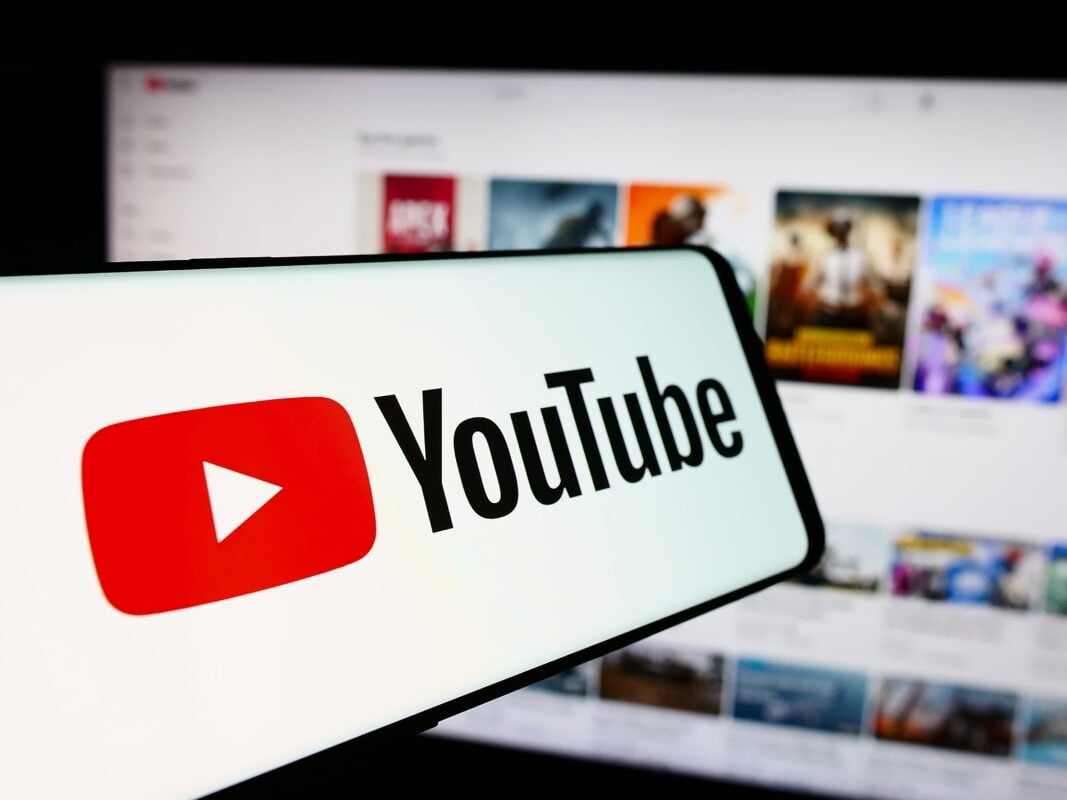TLDRs;
Contents
- YouTube Create has officially launched on iOS as part of Google’s broader push into mobile video editing.
- Despite the new rollout, YouTube Create lags far behind CapCut, which dominates the space with hundreds of millions of users.
- The app is showing signs of growth in emerging markets, with user numbers rising in countries like Spain, South Korea, and Indonesia.
- YouTube is banking on tighter integration with its main platform and expanding features to compete more effectively in a rapidly growing market.
YouTube has officially launched its video editing app, YouTube Create, on iOS, nearly two years after debuting it for Android.
The move is part of a broader strategy to gain relevance in the booming mobile video editing market, where apps like CapCut and InShot have already established massive user bases and strong engagement.
Originally rolled out in September 2023 and expanded globally by early 2024, YouTube Create was designed to compete with ByteDance’s CapCut. It offers free editing tools for both Shorts and long-form videos. However, its adoption so far has been underwhelming. In the second quarter of 2025, YouTube Create registered fewer than 500,000 downloads on Android, compared to CapCut’s 66 million and InShot’s 21 million.
YouTube’s uphill battle in the mobile editing wars
CapCut has carved out a commanding lead in the mobile editing space. The ByteDance-owned app boasts 442 million monthly active users on Android and 194 million on iOS. In contrast, YouTube Create has yet to cross the one million-user threshold. Even in terms of user engagement, YouTube Create falls short.
CapCut users average 62 minutes per month across 23 sessions, while YouTube Create users spend just 38 minutes in 11 sessions.
Further compounding the challenge, YouTube Create’s retention rates lag behind. Only about 1 percent of users remain active 90 days after downloading the app, compared to CapCut’s 7 percent and InShot’s 4 percent. These metrics underscore the steep climb ahead for Google’s mobile editing ambitions.
Geographic growth offers a glimmer of hope
Despite its modest numbers, YouTube Create has shown promising signs of growth. Its monthly active user base has grown 28 percent year-over-year, outpacing CapCut’s 9 percent growth and defying InShot’s 7 percent decline. A key factor in this momentum is the app’s expanding international footprint.
India, once the dominant user base for YouTube Create, has seen its share of global users drop from 67 percent to 51 percent. Meanwhile, the app is gaining traction in markets like Spain, South Korea, France, and Singapore, all of which have recorded significant year-over-year growth in user numbers. Indonesia now ranks as YouTube Create’s second-largest market, followed by Germany, Brazil, and the UK.
With the iOS rollout, Google is hoping to accelerate its growth in regions where Apple devices are more prevalent. Job listings suggest that the company is also investing in engineering talent in Bengaluru to support the development and refinement of the iOS version.
Platform integration could be YouTube’s secret weapon
One advantage YouTube Create holds is its seamless integration with YouTube’s core platform. Just as CapCut benefits from its close ties to TikTok, YouTube Create could leverage native publishing, monetization, and AI-powered features to enhance user value and retention.
Still, feature gaps remain. CapCut currently leads with advanced editing capabilities like motion tracking and keyframe animation. While InShot focuses on speed and simplicity, YouTube Create sits in an awkward middle ground that hasn’t yet resonated strongly with either casual users or power editors.
A long game in a fast-moving market
The mobile video editing market is projected to grow from $0.95 billion in 2024 to nearly $5 billion by 2033. YouTube’s entrance into iOS is a calculated bet to capture a share of that pie, but success will depend on whether it can rapidly innovate and improve stickiness.
The road ahead may be steep, but with its global reach, engineering resources, and YouTube ecosystem, Google’s editing app might still have a shot at closing the gap.


